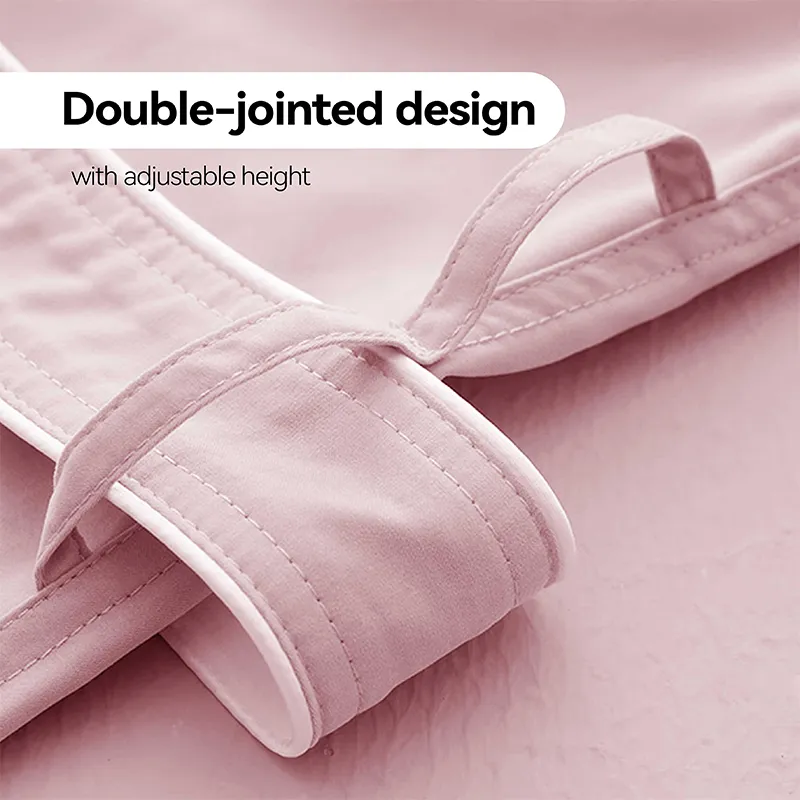quality duvet insert
Feet label - so it's easy to tell which way round your sheet goes.
Kitchen linen, often overlooked, brings functionality and charm to this bustling hub of the house
Duvet Cover
Made from sheeting, the duvet cover is a decorative and protective covering for an insert—the duvet—that comes in various weights and fillings; a variety of options from down-alternative to goose, duck and Eiderdown. The duvet can be used with a flat sheet or on its own. When used without intermediary layers a duvet cover reduces the complexity of making a bed. In this case, a luxury duvet cover with decorative trim,provides a finished look. A duvet cover may also be layered over a quilt or blanket, folded at the foot of the bed or pulled all the way up, as an extra layer of warmth. A duvet cover hangs down the sides of the bed to cover the box spring; it is never tucked in.
Made from sheeting, the duvet cover is a decorative and protective covering for an insert—the duvet—that comes in various weights and fillings; a variety of options from down-alternative to goose, duck and Eiderdown. The duvet can be used with a flat sheet or on its own. When used without intermediary layers a duvet cover reduces the complexity of making a bed. In this case, a luxury duvet cover with decorative trim,provides a finished look. A duvet cover may also be layered over a quilt or blanket, folded at the foot of the bed or pulled all the way up, as an extra layer of warmth. A duvet cover hangs down the sides of the bed to cover the box spring; it is never tucked in.

